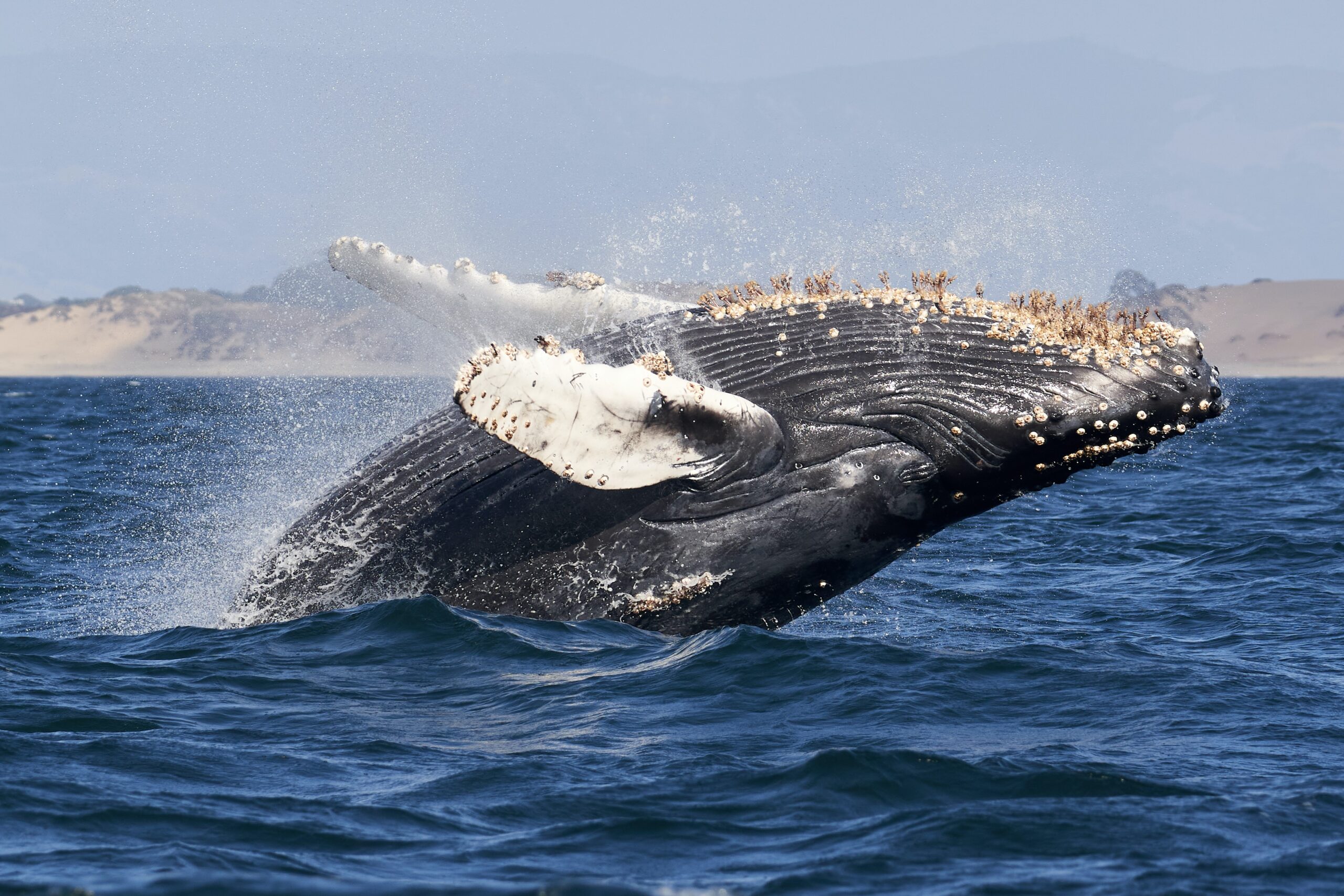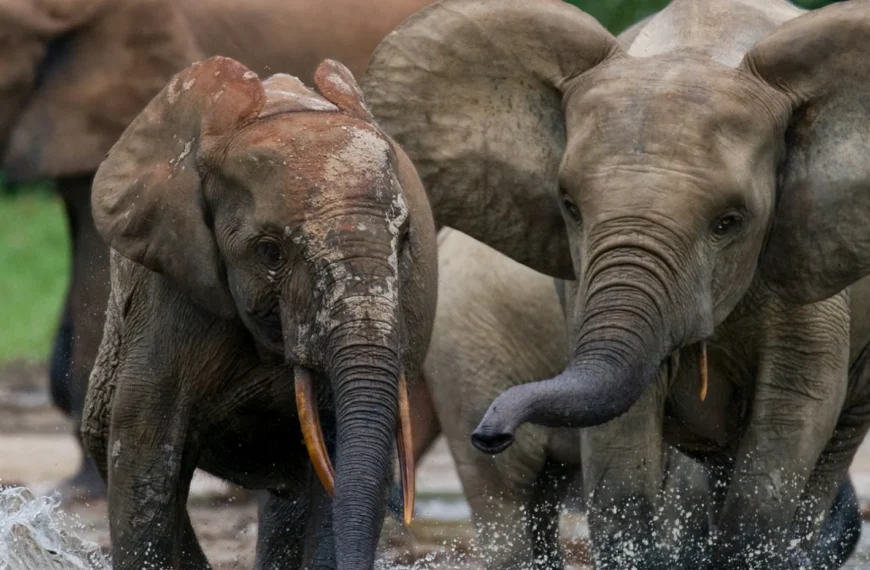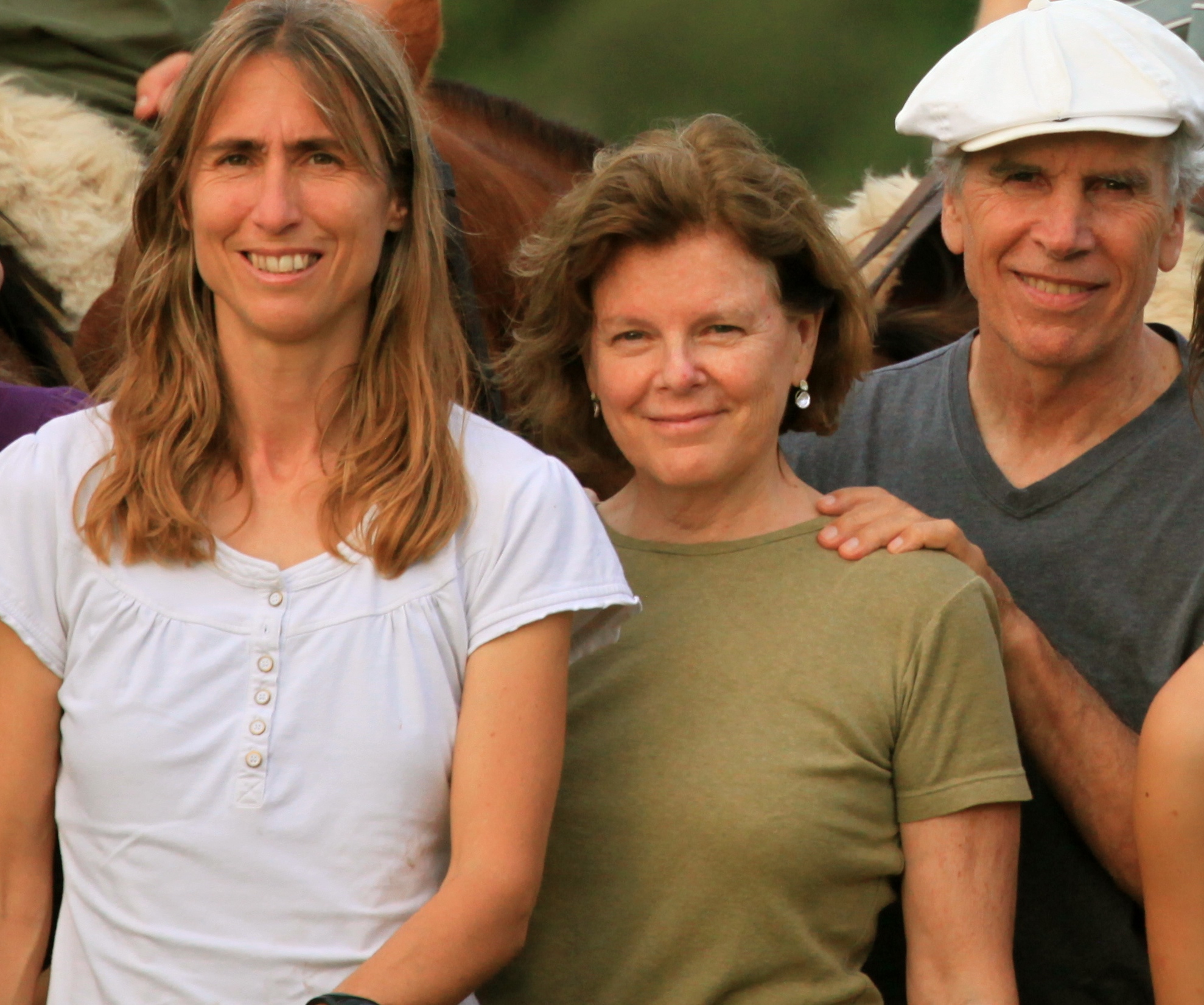Stepping into the African wilderness for the first time should be a transformative adventure—one that blends awe-inspiring wildlife encounters with rich cultural immersion and meaningful conservation impact. After all, a luxury safari can support local communities, restore ecosystems and connect you deeply with nature.
From selecting the ideal destination and safari style to understanding logistics and packing efficiently, this guide will help you plan with confidence and purpose. Here’s what to know before your first African safari to ensure your journey is as unforgettable as the landscapes you’ll explore.
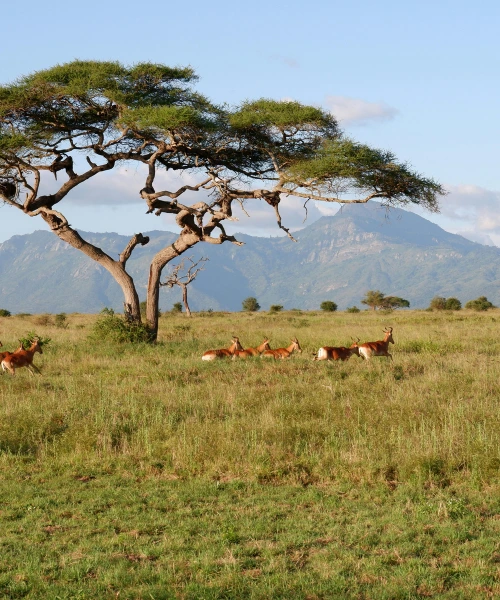

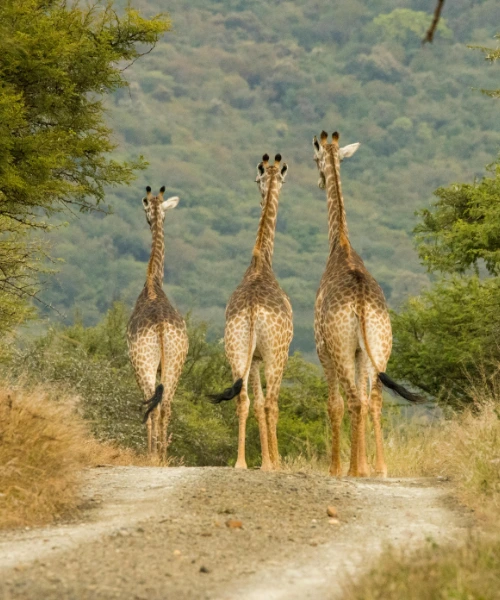
Choosing the Right Destination
With its sweeping savannas, ancient deserts and teeming wetlands, Africa offers an astonishing variety of safari experiences. For first-time travellers, choosing the right destination is one of the most important decisions you’ll make, and it depends entirely on what you hope to discover.
If wildlife viewing is your top priority, look to iconic regions like Tanzania’s Serengeti or Kenya’s Maasai Mara, where the legendary Big Five roam and the Great Migration sees millions of wildebeest and zebra thunder across the plains. These landscapes offer classic safari moments that define the journey for many.
For breathtaking scenery, South Africa‘s Kruger National Park combines big game with dramatic landscapes, while Namibia stuns with the surreal beauty of Etosha and the glowing red dunes of Sossusvlei.
If you’re drawn to cultural engagement, Botswana and Zambia offer immersive encounters with communities like the San or Maasai, where you can learn about ancient traditions and the enduring bond between people and place.
By identifying your priorities, whether it’s wildlife, scenery or cultural immersion, you can craft a journey that feels meaningful, personal and unforgettable.
Selecting the Right Safari Experience
The location of your first African safari is important, but not as much as how you explore. The type of safari you choose will shape your connection with the landscape, wildlife and local culture. Whether you’re seeking adventure, tranquillity or a deeper understanding of the wild, there’s a style of safari to suit every traveller.
- Game drives: The most iconic safari experience, game drives take you deep into the bush in an open 4×4 vehicle, guided by expert trackers. They’re ideal for covering large areas and spotting a wide range of animals, including the Big Five.
- Walking safaris: For a more immersive, ground-level adventure, walking safaris offer the chance to observe tracks, plants and smaller wildlife that you can miss from a vehicle. Led by highly trained guides, they’re both intimate and exhilarating.
- Boat safaris: In places like Botswana’s Okavango Delta or Zambia’s Lower Zambezi, you can drift quietly along rivers, watching hippos, crocodiles and birdlife from the water—a peaceful and breathtaking perspective.
- Hot air balloon safaris: Floating silently above the savannah at sunrise, a balloon safari offers stunning aerial views of watering holes, migrating herds and vast, untamed landscapes. It’s an unforgettable way to see Africa from above.
- Family safaris: Many lodges offer tailored family safari experiences, with kid-friendly game drives, junior ranger programmes and family-style accommodations that ensure everyone in your group can engage meaningfully with the wild.
Choose the safari style that best aligns with how you want to encounter the wilderness, whether it’s the quiet thrill of tracking wildlife on foot, the comfort of a guided drive, or the wonder of soaring over the plains.

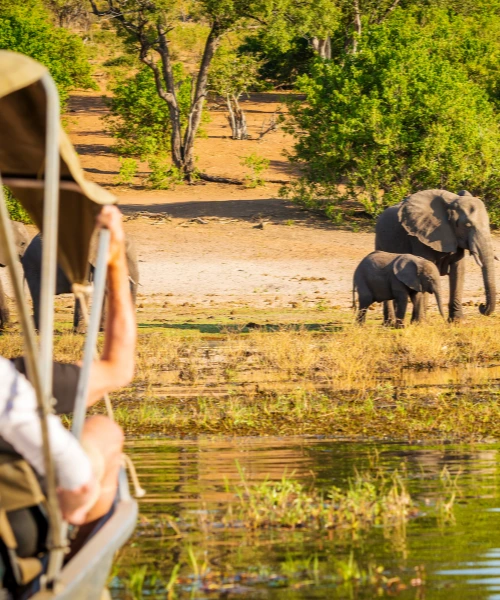
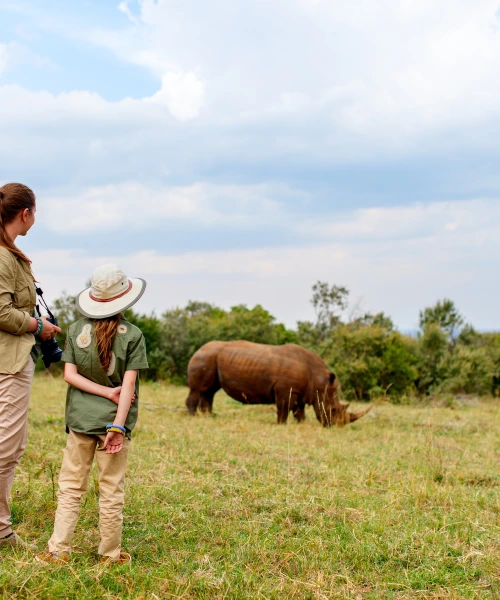
What to Pack for a Luxury Safari
Knowing what to pack before your first African safari can elevate your trip from enjoyable to exceptional. The right gear will keep you comfortable, protected and ready for anything the wilderness offers without compromising on style or practicality.
Clothing essentials:
- Light, breathable layers in neutral tones (like khaki, beige or olive) help you stay cool while blending into the environment.
- Long sleeves and trousers offer protection from both sun and insects.
- A warm jacket or fleece is essential for early morning and evening drives, when temperatures can drop quickly.
Sun and safety must-haves:
- A wide-brimmed hat, high-quality sunglasses and reef-safe sunscreen protect you from intense sunlight.
- Comfortable walking shoes or lightweight boots are ideal for bushwalking or exploring camps.
Don’t forget:
- Binoculars for close-up wildlife viewing.
- A good camera with zoom lens (even if you’re not a photography enthusiast, the landscapes and animals will tempt you to capture the magic).
- A daypack
- A reusable water bottle
- Any personal medications or travel documents.
Luxury lodges often provide extras like insect repellent, ponchos and toiletries, so check with your safari provider before overpacking.
Understanding Safari Logistics
A luxury safari often takes you far off the beaten path into remote, pristine landscapes where logistics require a little more planning. Understanding how you’ll get there, what to expect on arrival and how to stay safe will ensure your first African safari runs smoothly from start to finish.
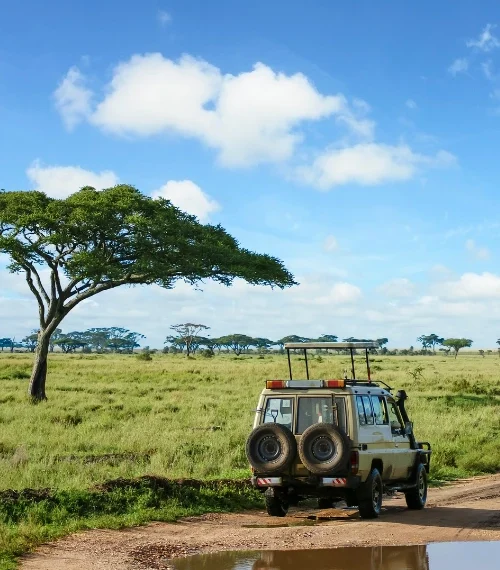

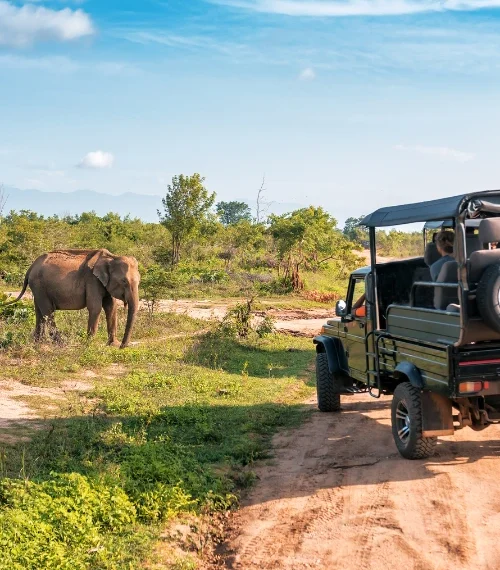
Getting There
International flights typically arrive at major hubs such as Johannesburg, Nairobi or Cape Town. From there, you’ll transfer by small charter flights, light aircraft or helicopter to your camp or lodge, which is an experience in itself, offering aerial views of Africa’s wild terrain.
Transfer Times
Reaching remote areas may involve extra travel after your international flight. But with the help of a luxury safari provider like Journeys With Purpose, every leg of your journey will be seamlessly arranged and personally supported.
Health and Safety
Consult a travel clinic well in advance to determine the recommended vaccinations and antimalarial medications for your destination. On the ground, luxury camps adhere to strict safety protocols and are fully equipped to handle emergencies.
Cultural Respect
Your time in Africa also presents an opportunity to respectfully engage with local customs, beliefs and traditions, which vary significantly across regions. Listening to your guides, following local customs and etiquette and remaining open-minded will deepen your bond with both people and place.
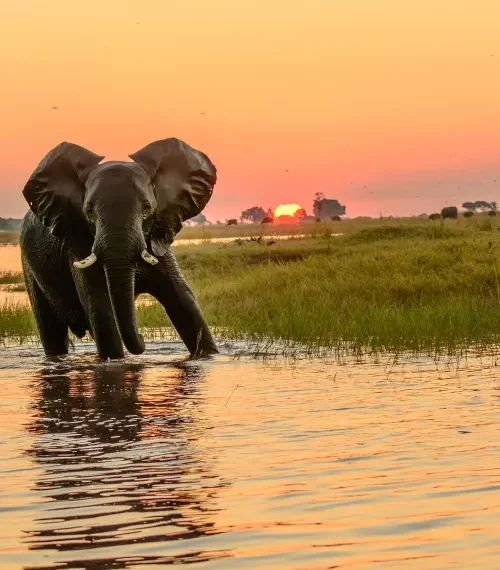
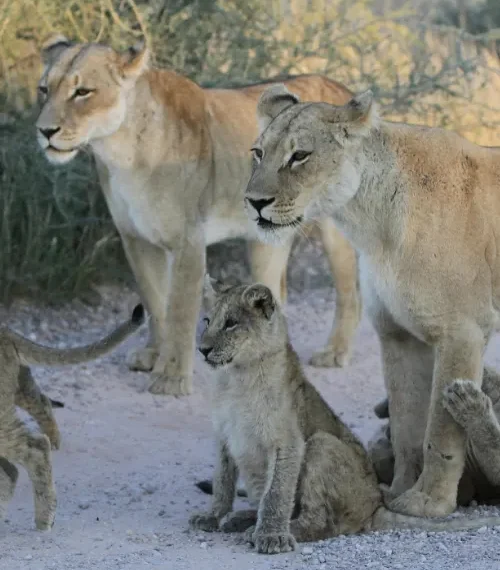
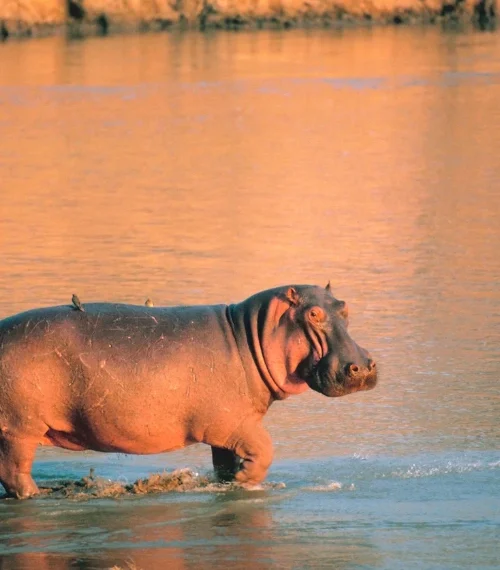
Wildlife and Conservation Awareness
One of the most meaningful aspects of a luxury safari is knowing your presence has a positive impact. Conservation is no longer a separate effort but is woven into the fabric of many safari experiences, helping to protect Africa’s iconic species and uplift the communities that live alongside them.
By choosing a safari operator committed to sustainability, you contribute directly to:
- Wildlife preservation (including anti-poaching efforts and endangered species protection)
- Habitat restoration and ecosystem regeneration
- Community development through education, employment and healthcare initiatives
Many luxury lodges fund or partner with conservation projects, whether that involves reintroducing rhinos to protected reserves, sponsoring rangers or supporting local schools and women-led cooperatives.
When you’re aware of these efforts, your safari becomes a contribution. It connects you not only to the land and its wildlife, but also to a broader purpose: helping to safeguard Africa’s natural and cultural heritage for generations to come.
Interested in Planning Your First Safari in Africa?
Journeys With Purpose offers private, conservation-focused adventures in Africa, with tailor-made itineraries built around your passions. We also have an upcoming Mount Kenya expedition – get in touch with our expert travel specialists today on +44 20 8044 9538 or at connect@journeyswithpurpose.org.
